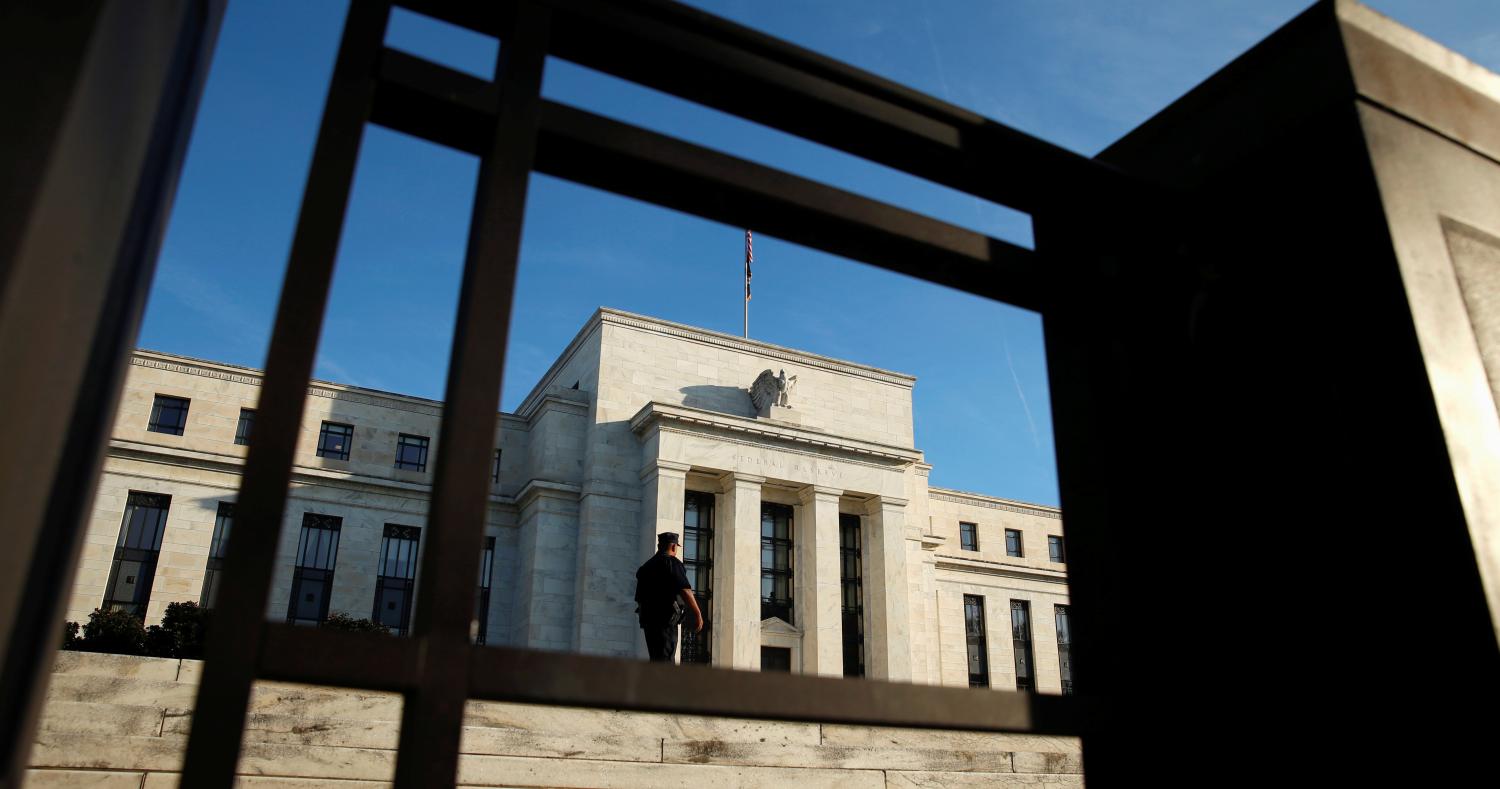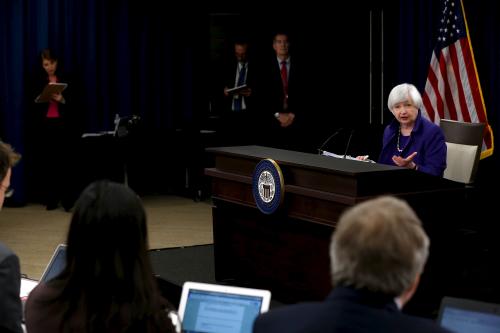This chapter will appear in “The Changing Fortunes of Central Banking,” a book in honor of economist Charles Goodhart.
Central banks have become increasingly transparent about their views and analysis of key elements of monetary policy over the past few decades. The fundamental tenet behind this has been that markets work better and are more likely to be in synch with and reinforce the effects of central bank policies when economic agents understand how the monetary policymakers are expecting the economy to evolve and how policy is likely to respond. The most important element has been greater transparency about the objectives of monetary policy, in particular an inflation target—either set by governments or, for the ECB and the Fed, chosen by the central bank itself–to implement a legal mandate for price stability.
In remarks I made recently at a conference in honor of Charles Goodhart, to be included as a chapter in a book titled, The Changing Fortunes of Central Banking, I described the use of forward guidance by central banks, particularly the Federal Reserve. The Fed has appropriately backed off specific time-based guidance as policy rates have lifted off the effective lower bound. But elements of time based guidance persist in general references in its announcements (‘gradual,’ ‘some time’). And “the dots” – the interest rate projections made by each Fed policymaker and published quartlery – keep focus in the markets and in the public statements of some FOMC participants on dates rather than on the economic conditions that will influence Fed decisions to adjust rates.
I start from the presumption that the dots are here to stay; removing them would be seen as a step back in transparency and, appropriately presented, they can be aids to understanding. My recommendations to the Fed center on reducing the remaining weight on time-based forward guidance to align it better with underlying uncertainty and on increasing the attention to helping people understand the reaction function.
Specifically, the Fed should:
- Stop publishing the median of the dots; it is not necessarily a good representation of the committee’s center of gravity given the small size of the FOMC, and it greatly increases attention to a narrow path for rates.
- Find some way to indicate uncertainty around the expectations for appropriate policy. That is not easy because those dots represent as many as 19 different forecasts each with its own uncertainty, but it is vital to come up with some way of indicating the broad range of possibilities in an uncertain world. The fan charts that the MPC at the Bank of England uses in its inflation report graphically illustrate the range and subjective probability of possible outcomes, albeit drawn from a very different type of forecasting exercise.
- Deemphasise the implied path for rate increases over the next year or two in the official pronouncements of the Federal Reserve and the press conferences of the chair. To be sure shifts in the dots have been useful to understanding and highlighting underlying changes in FOMC participants’ assessment of the economy and inflation, but more useful would be a direct discussion of those changes with reduced emphasis on the specific time path of policy.
- Similarly, in their speeches and media appearances, FOMC participants should agree to downplay the time dimension of policy–whether rates should go up next meeting, or how many times they might rise this year–and instead highlight their read on the economic circumstances that should trigger rate changes and how they see the situation developing economically. They should refocus the discussion to what good forward guidance should be about—the strategy of monetary policy. The financial cable networks won’t like it, but the Federal Reserve and the markets will benefit
- The dots are part of a broader projection exercise in which each FOMC participant gives a projection of inflation, unemployment, and growth. The FOMC should identify—not by name—which dots go with which economic forecasts. This would, in effect, give observers an opportunity to infer individual participants’ reaction functions; it should help economic agents to infer the Committee’s reaction function more accurately than simply looking at median of multiple forecasts.
- Finally, The Federal Reserve should use the semi-annual monetary policy report to better explain and focus on its broad strategy. I have previously advocated that the MPR include the material that has gone to the FOMC on policy rules [Kohn and Wessel 2016]. For some time, as an input to its policy process, the Committee has been shown the results of a number of policy rules based on both incoming data and economic forecasts. And this material has been accompanied by explanations of why the current and expected settings of monetary policy might deviate from the rules. My proposal to present this discussion was intended to counter legislative proposals to require the Federal Reserve to publish and a policy rule, explain any time it deviated, and subject those deviations to review by a Congressional agency. But it would also serve as a jumping off place for a discussion of broad strategy, which might help focus more attention there and less on the date of the next policy action.





